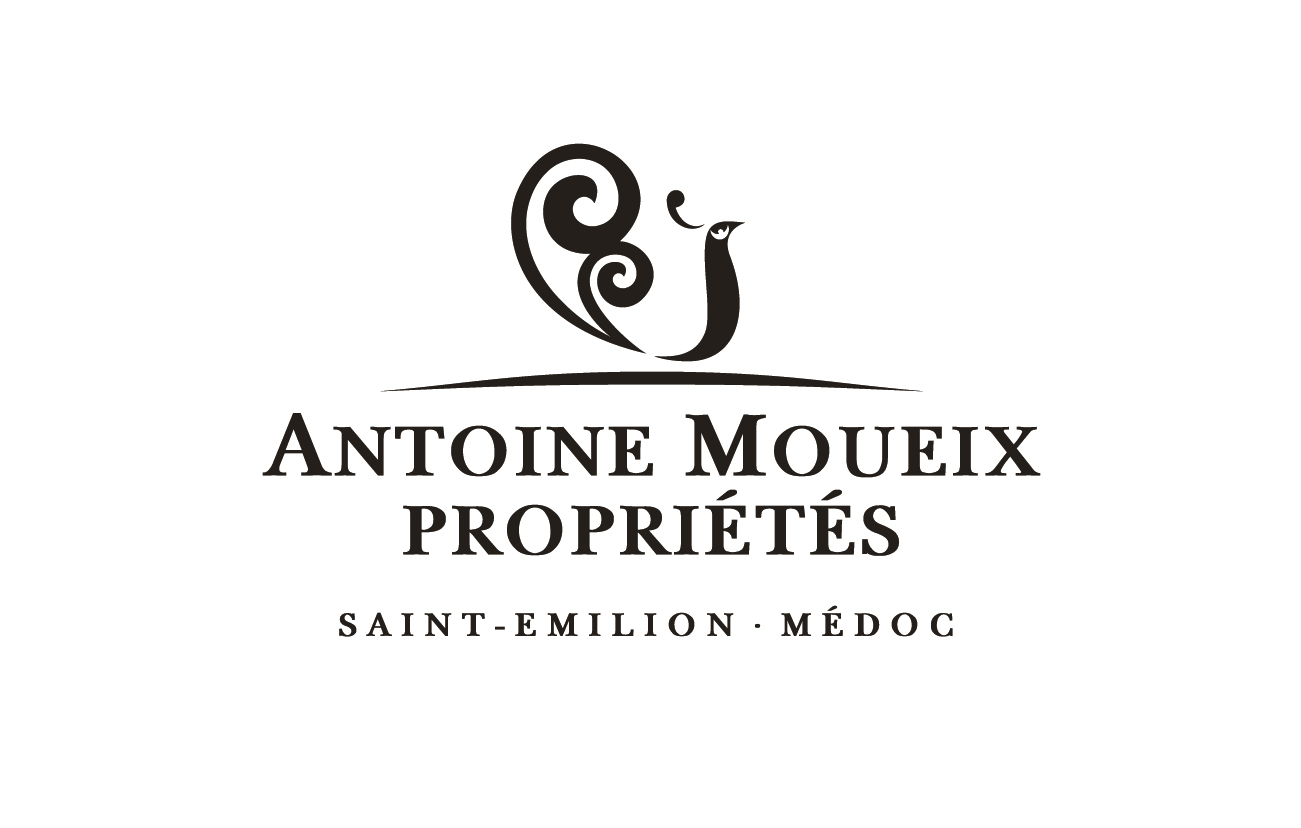Chateau
Patache d’aux
2017
Chateau
Patache d’aux
2017

Climatic conditions
An exceptionally dry winter, the most water deficient since 2000, did not give full water recharge of the loamiest soils. After an exceptionally dry summer in 2016, it was not until February 2017 that the first significant rainfall was recorded.
A particularly mild late winter provoked early budburst, which was regular and balanced.
The nights of April 27th and 28th were marked by the most severe frosts since 1991, causing particularly extensive damage to a large section of the Gironde vineyard, but with no impact on Château Patache d’Aux, due to the nearby Atlantic Ocean and Gironde estuary, ensuring lower temperature variation.
A summery spring reinforced the early character of the vintage, with rapid, balanced flowering, comparable to 2005, and excellent fruit set. Water constraints began early, especially on clay soils, suggesting that berry size would be limited and skins thick. Cluster closure came almost 3 weeks early.
A dry, spring-like summer: Rather cool temperatures preserved aromatic potential and acid, especially malic acid, with high thermal amplitudes at time of ripening: ripening was fast and homogeneous, combining sugar accumulation and anthocyanin synthesis. Low rainfall maintained high levels of water stress throughout the ripening period, promoting thickening of skins and limited extractability and fragility.
Heavy rainfall at the beginning of September in northern Bordeaux completely changed the profile of the vintage, provoking acceleration in the evolution of skins, towards phenolic maturity synonymous with aromatic and technological maturity. Conditions at the end of ripening, potentially favourable for botrytis development, significantly accelerated the onset of harvesting: optimal on early gravelly sectors and accelerated on later sectors, with heterogeneous levels of ripeness on our deepest clays.
Even before it began, 2017 was already feared to be another dreaded “7” vintage… a series observed for the last 40 years!
Vintage presentation
From the vine to the glass
Tasting
2017 was a very wet and mild vintage in the Nord Médoc. Unlike the rest of the vineyard, the area did not experience any major climatic incidents. The harvest was accelerated by heavy rain once the grapes had reached maturity. These rains blocked the ripening of certain plots of Cabernet, which is why, exceptionally, Merlot is in the majority in this vintage. Less powerful than 2016 and 2018, it has the deep purple colour characteristic of the vintage. 2017 offers an original expression of the Patache terroir, marked by Merlot and its fruity aromas, a lesser tannic load and supple, delicate woody notes. Possible ageing between 10 and 25 years, it will be very enjoyable in 2022.
IWSC – Médaille d’argent
James Molesworth, Wine Spectator – 90 pts
James Suckling – 90 pts
Lisa Perroti Brown, The Wine Advocate – 90 pts
Andreas Larsson, Tasted – 90 pts
Roger Voss, Wine Enthusiast – 90 pts
Le Figaro – 16/20




